Rubinette Apple 3-5 ft branched tree
- Regular price
- $89.00 USD
- Regular price
-
- Sale price
- $89.00 USD
- Unit price
- per
A cross between Golden Delicious and Cox Orange Pippin, the refreshing Rubinette is perhaps our best-tasting apple. The smaller fruit ripens in September or October to red-orange stripes of yellow, with light russeting. Rubinette trees tend to have lower vigor than some other varieties, so even on B118 it’s possible the tree will need some support, especially early in life. On the M7, it will need support its whole life and may even be small enough to be trained in the espalier style.
Standard rootstock: These trees are grafted onto Antonovka standard rootstock, which produces vigorous and disease-resistant full-size trees. With a little TLC these trees can last generations.
M111: M111 is considered semidwarf or semistandard, growing to 80% the size of a standard rootstock tree. Similar to a standard, trees on M111 are vigorous, adaptable and need no staking. Trees on M111 will begin bearing fruit slightly earlier than standard rootstock trees.
BULK PRICING: Any combination of 10 or more apples (potted and/ or bare-root) will receive 10% off.
-
Apples thrive in Vermont. You need to have at least two different varieties for pollination; however, apples are common enough in Vermont that you can often get away with planting one if a neighbor has a few trees. Wild trees or crab apples growing nearby can also serve as pollinators. More pollen often means more and larger fruit. Plant in a well-drained spot with good sun. We grow and sell varieties that perform well in our climate and growing conditions. Varieties listed as “heirloom” originated before 1900.
If you are planting a few trees, consider selecting varieties with different uses or ripening times. If you are planning to make hard cider, add a cider variety or two to blend with more typical dessert fruit.
Share
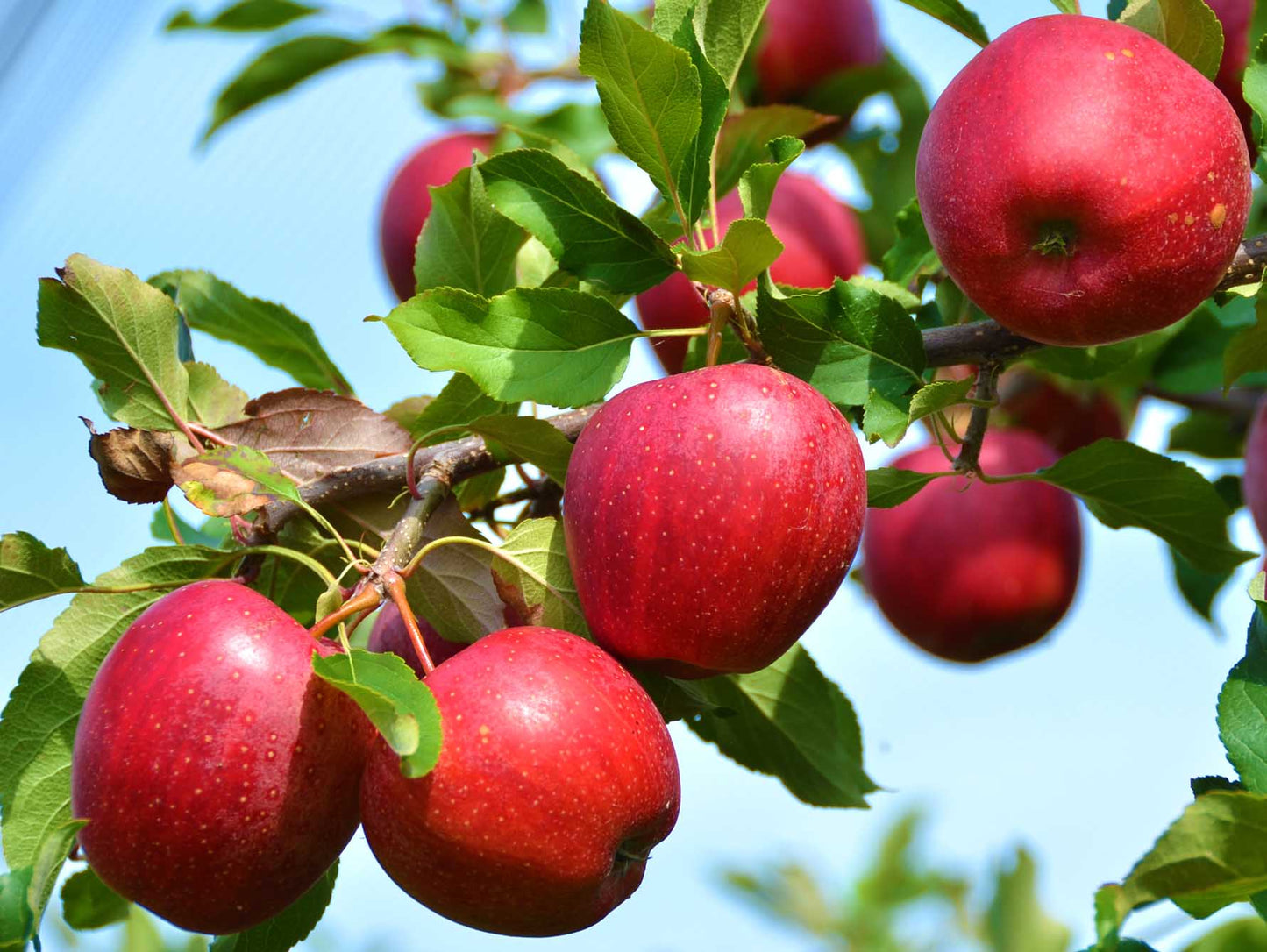
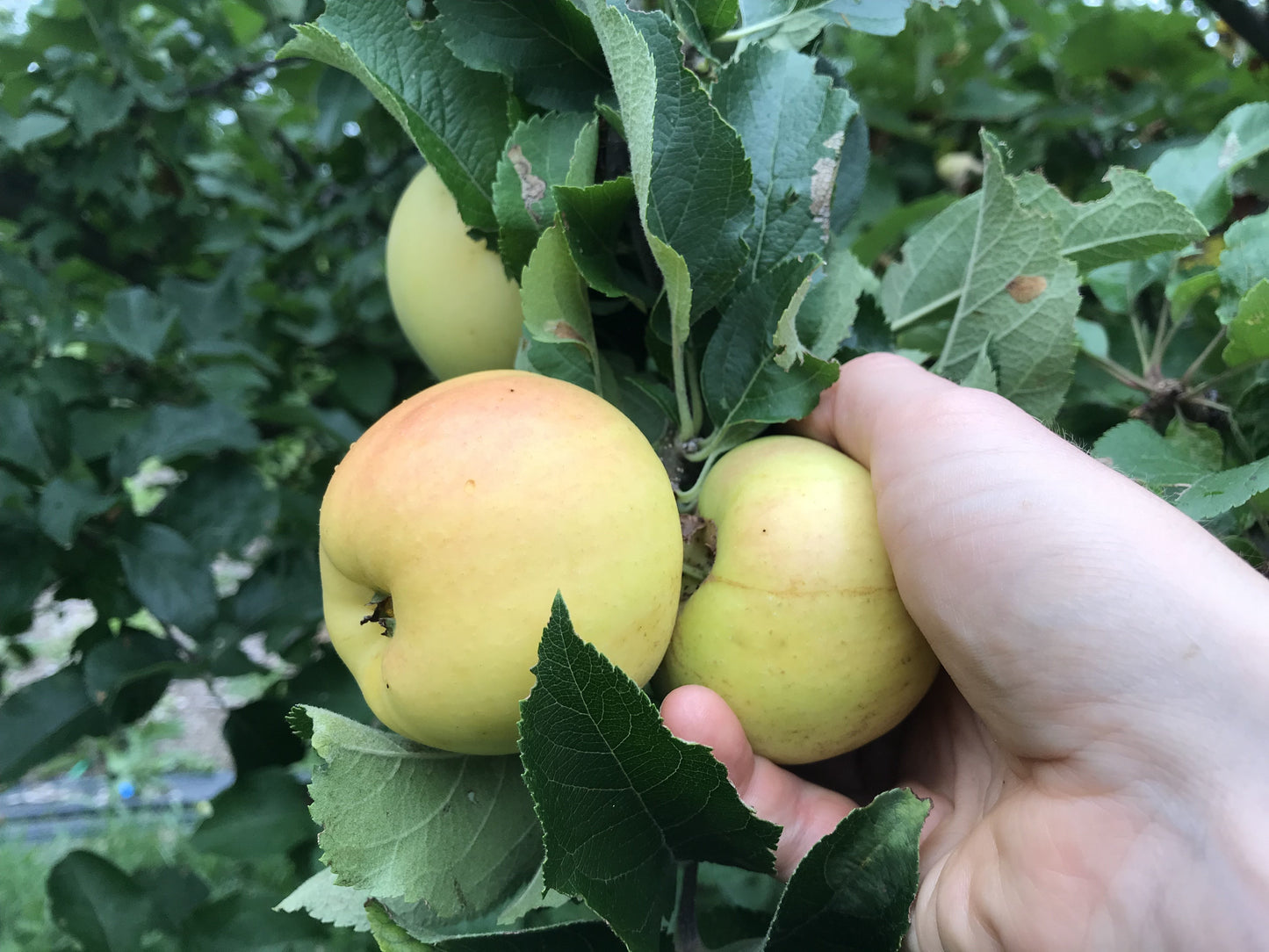
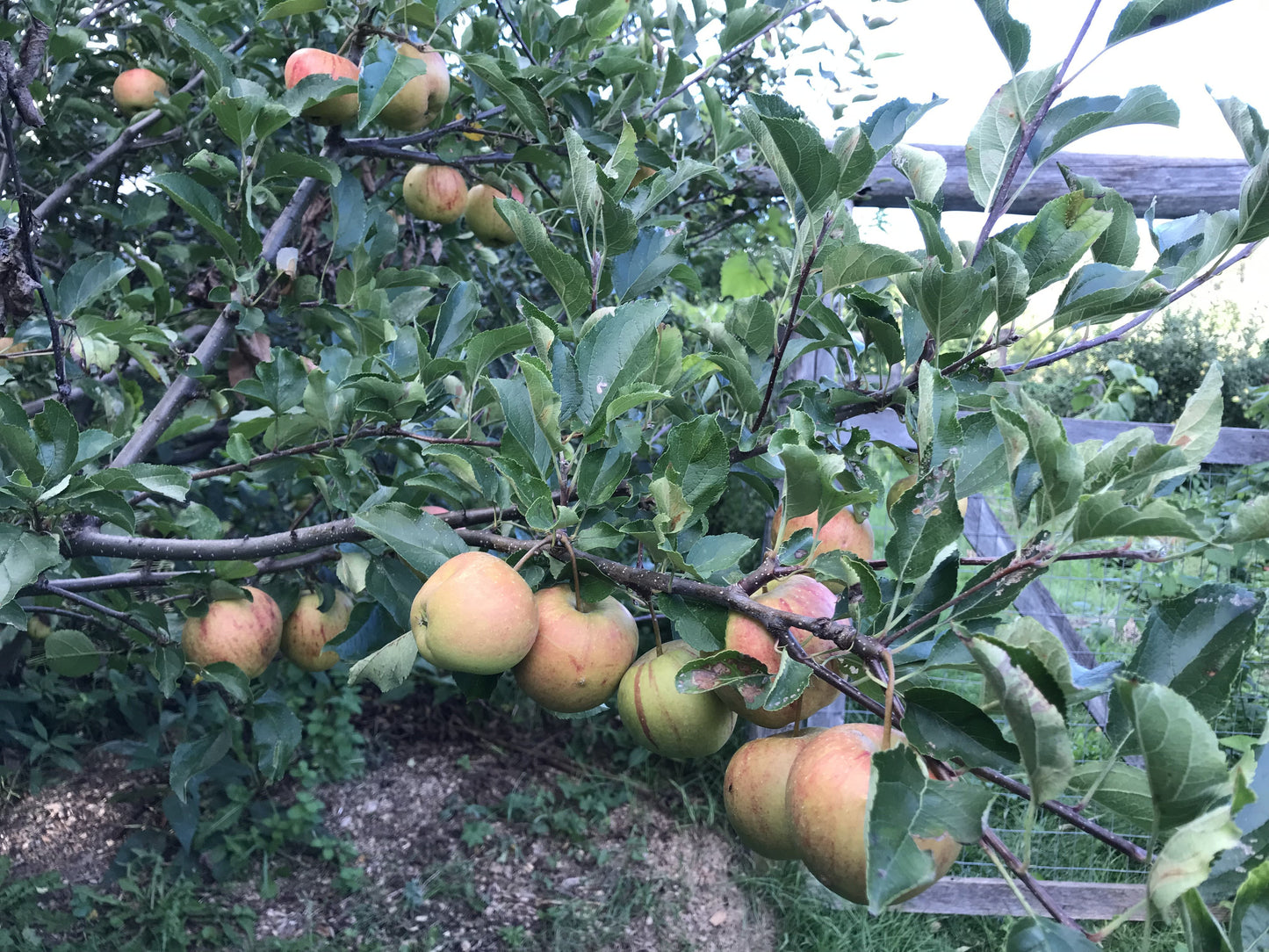
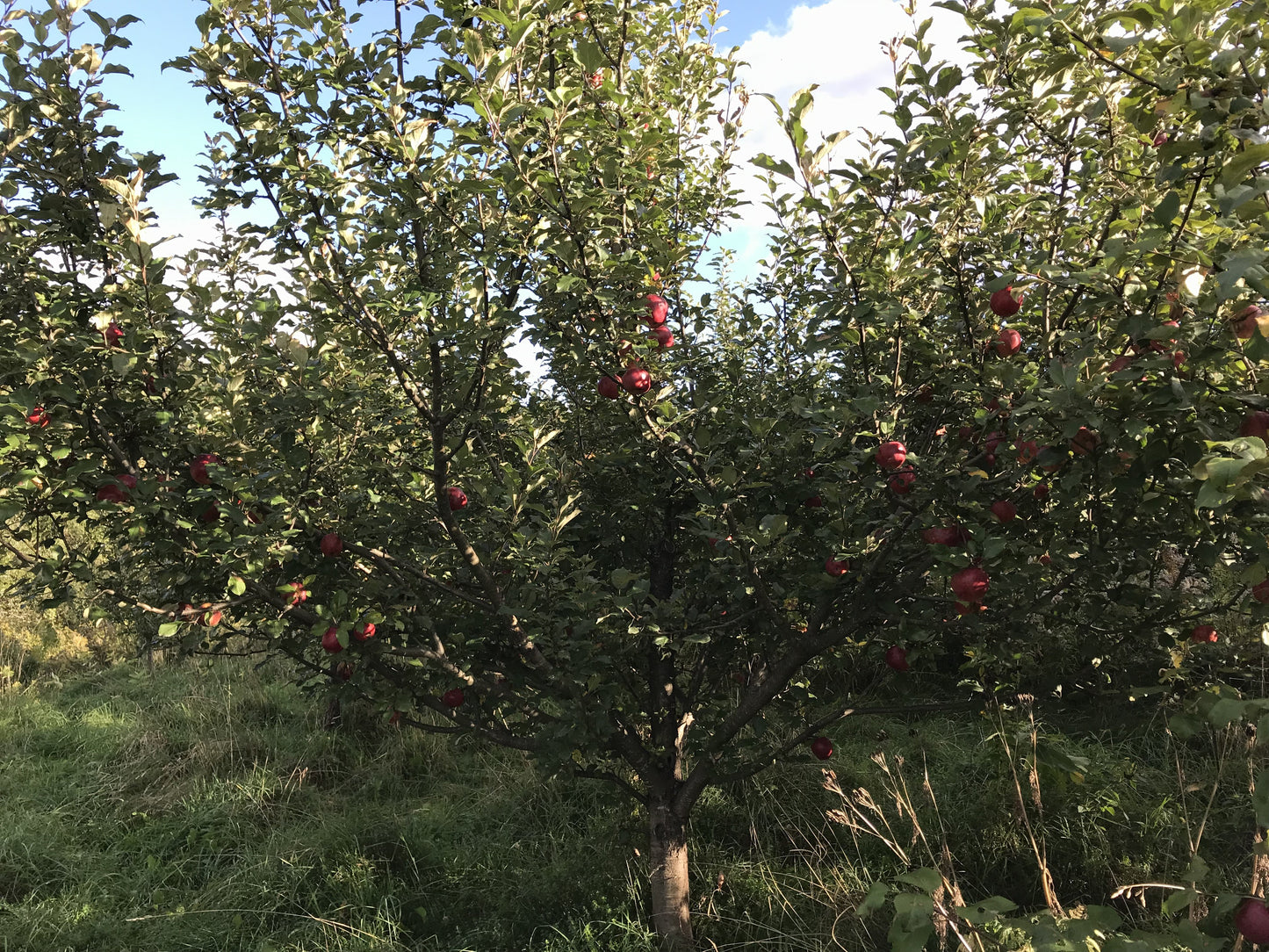
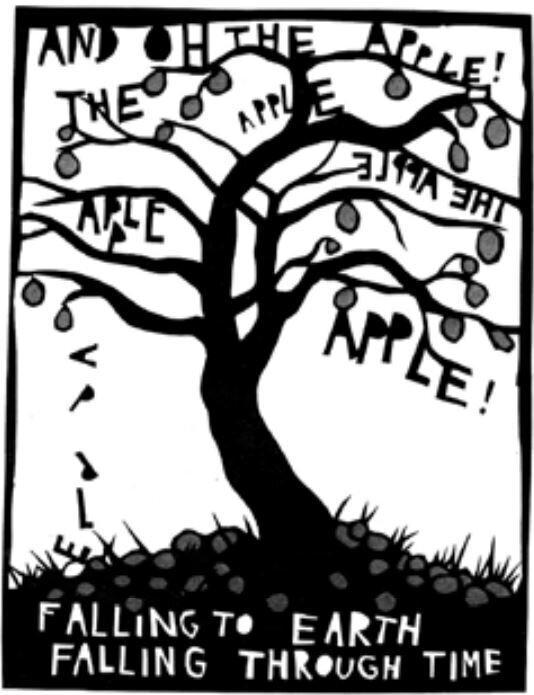
- Choosing a selection results in a full page refresh.





